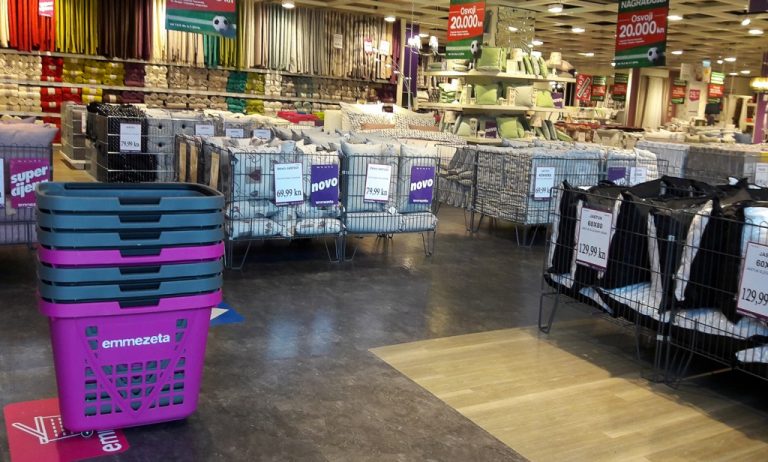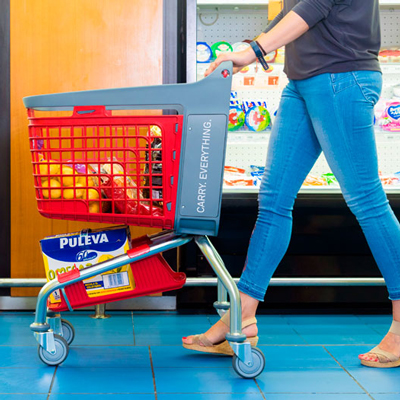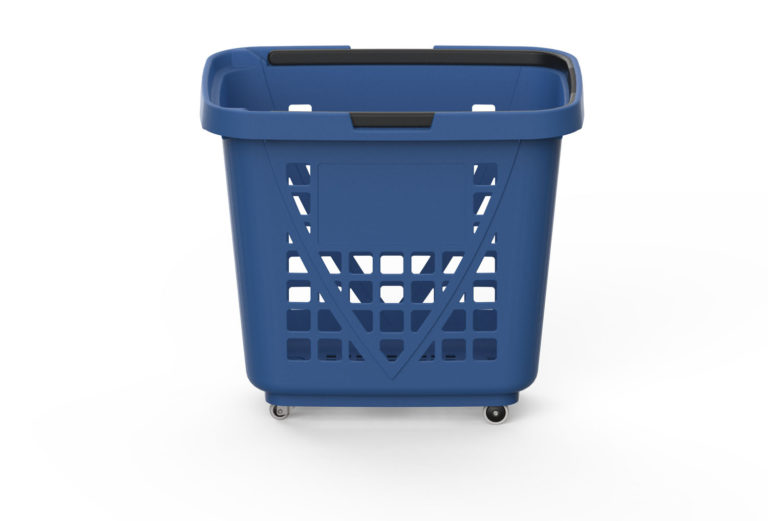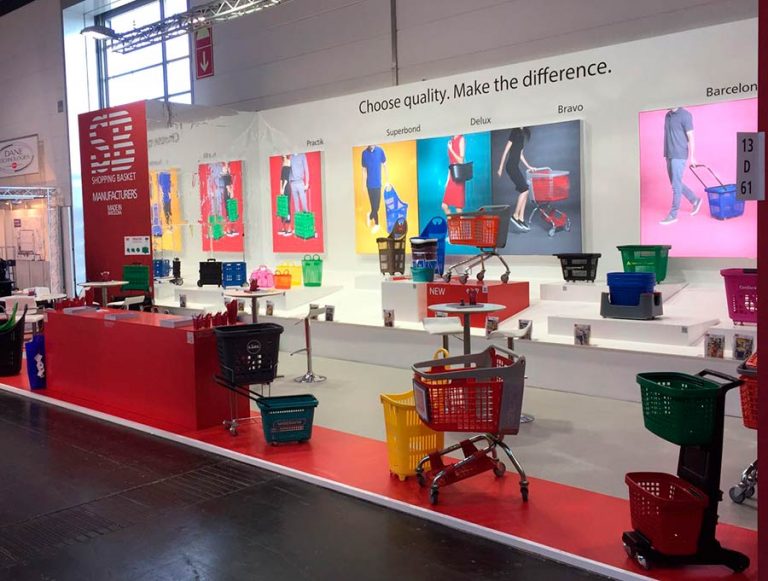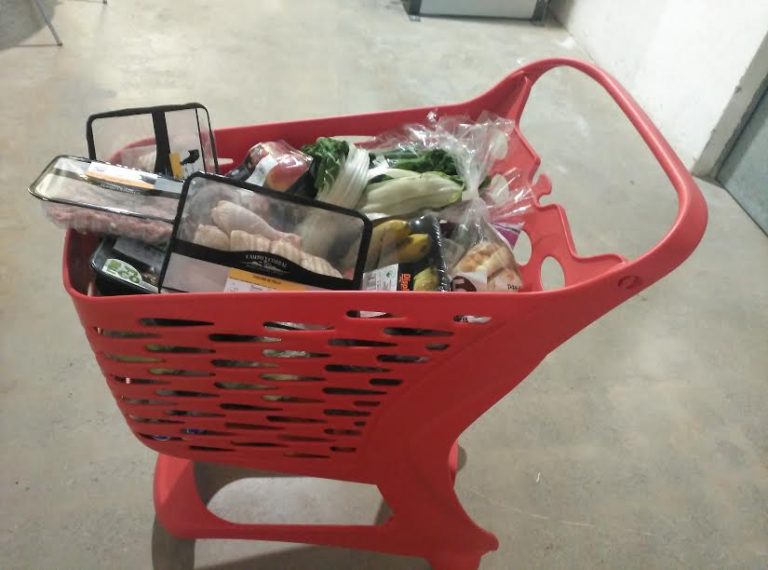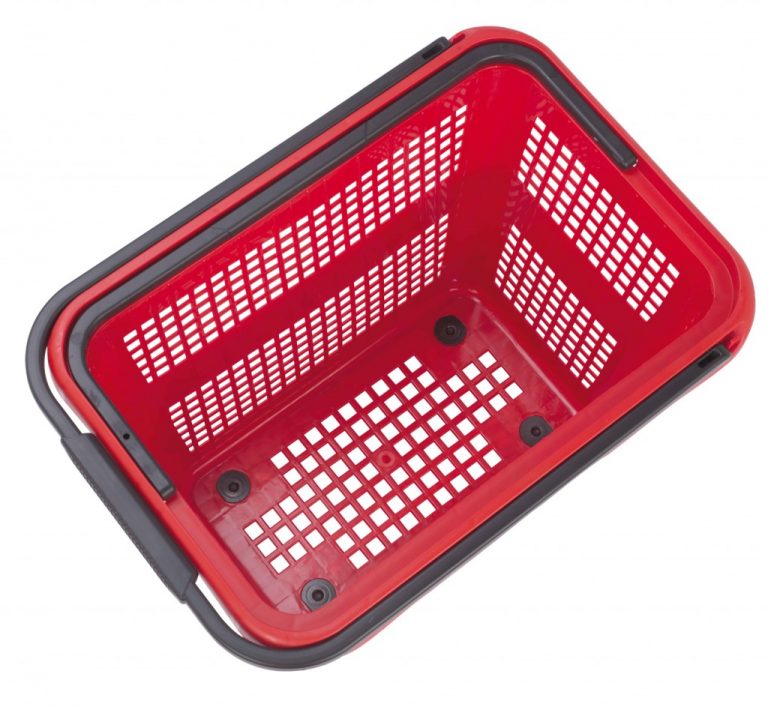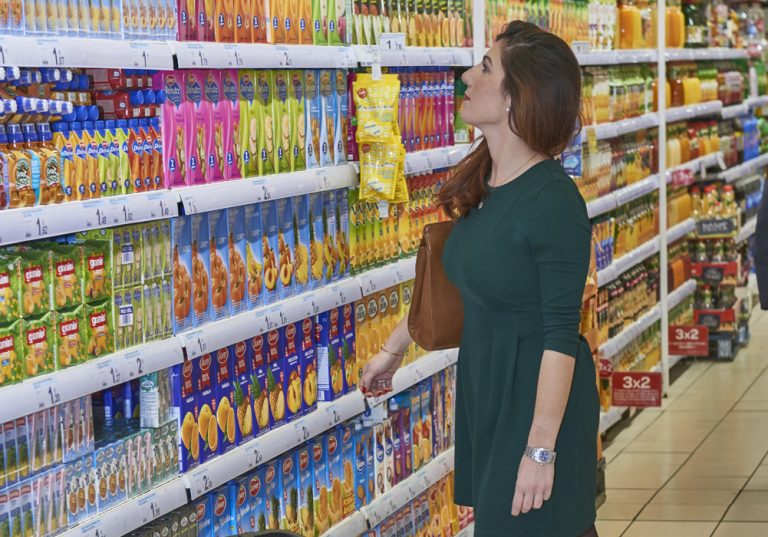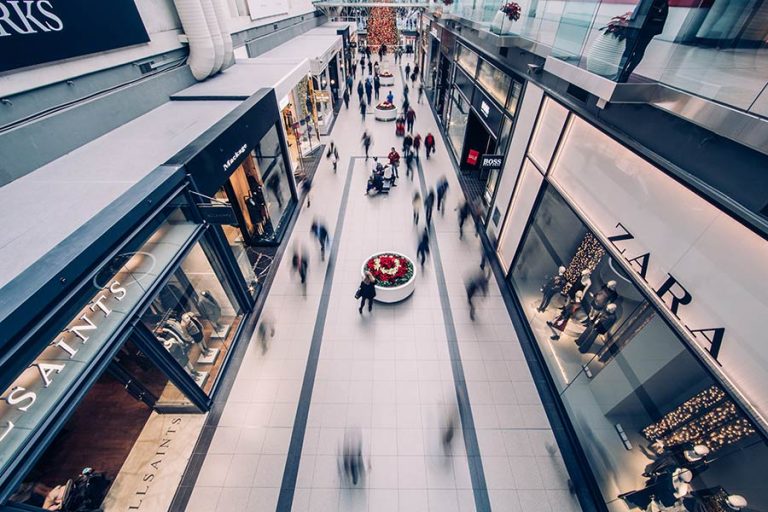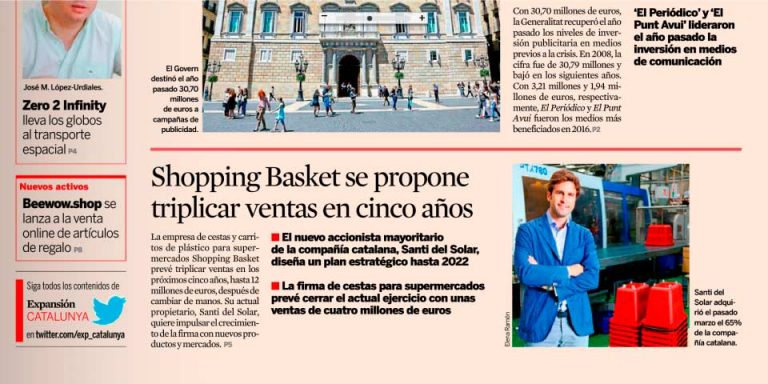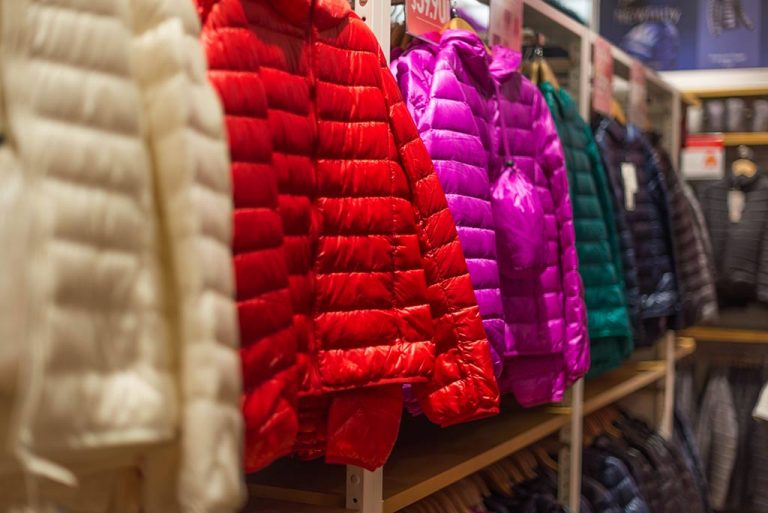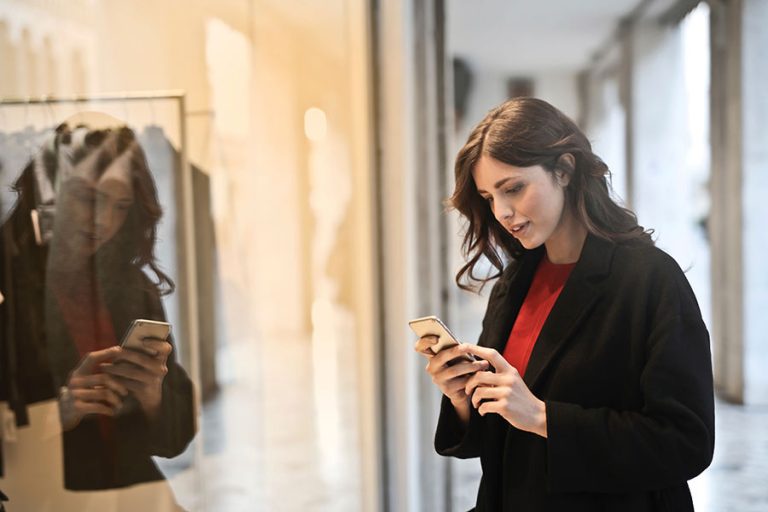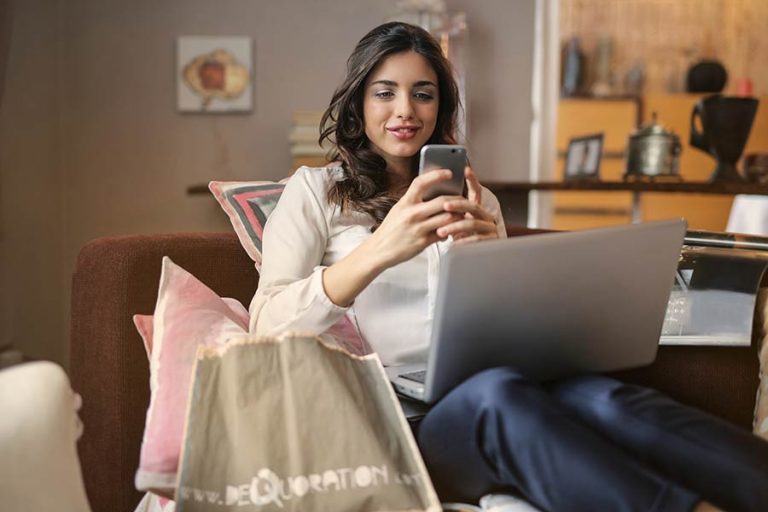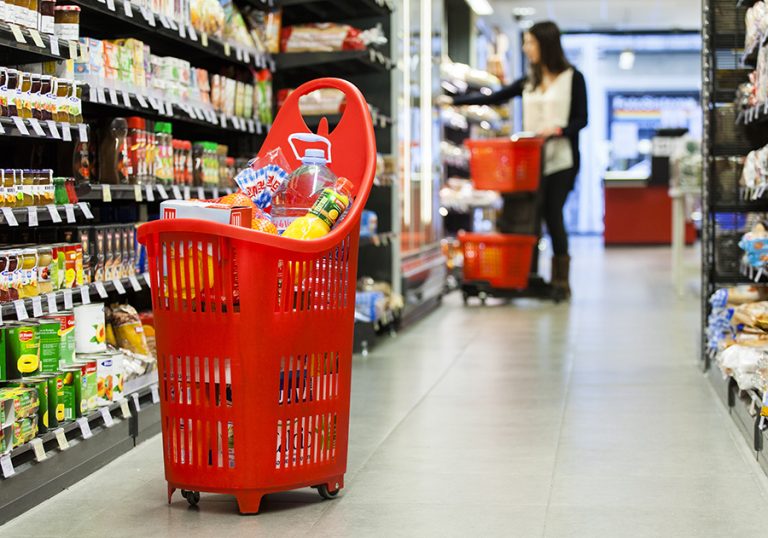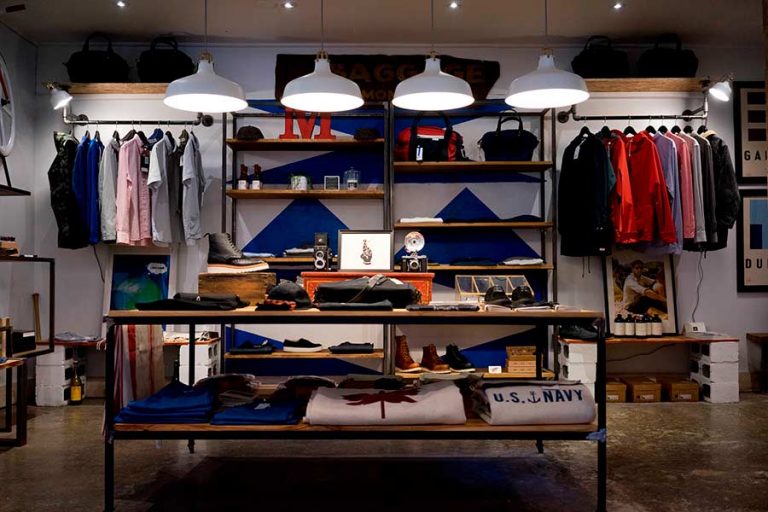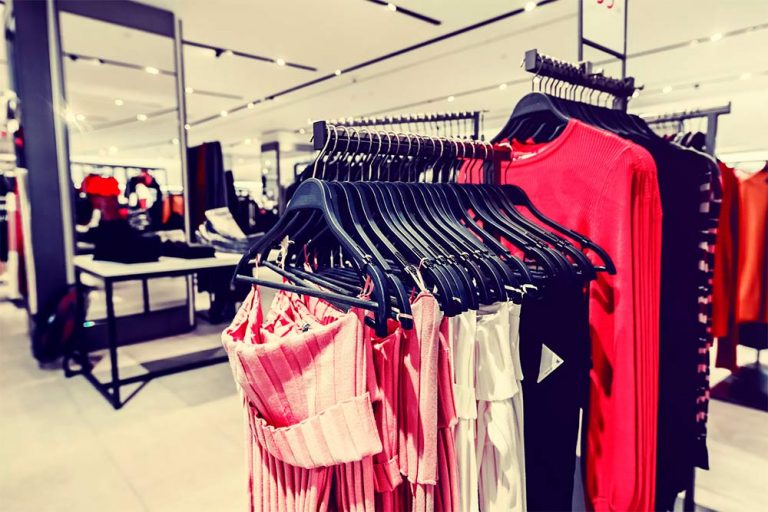Shoppertainement is a well-timed event
Every day the e-commerce market is growing. Since according to statistica in 2021, the number of digital shoppers is 2.14 billion. The 2020 pandemic has been a boon for the e-commerce industry. But the industry is becoming more and more saturated and lacks a human touch when shopping online. Customers are more and more demanding; it is important to be able to interact with them both online and physically in store.
Companies are always looking for more visibility, notoriety and trust from their customers and potential customers. Shoppertrainment has become a very common way to improve the customer experience and increase sales.

2. What exactly is Shoppertainment?

Shopping and entertainment are the combinations of a new concept born from these two activities which are “Shoppertraining”.
A great way to increase the time customers and potential customers spend on web pages, and a way to increase sales and loyalty is by creating an immersive, interactive, and more connected experience.

3. Current Leading Companies
Today, two e-commerce companies are at the forefront of shoppertainment: Alibaba and Lazada. These companies now offer live concert broadcasts, live shopping sessions, mini-games incorporating artificial intelligence, and even augmented reality games to site visitors.
Companies like Amazon, Facebook, Auchan, Air France, Leroy Merlin, and Fnac Darty have also integrated shoppertainment integrally into their business strategies.
In 2021, the research firm Forrester published a report highlighting that 70% of European consumers surveyed are interested in shoppertraining primarily for live purchases.
4. Why is Shoppertrainment becoming more popular?
- Quantifiable benefits for retailers.
- Helps e-commerce retailers differentiate themselves from their competitors by increasing their visibility and awareness.
- Improved communication and connection between the public and customers with the brand.
- Increased customer retention and repurchase rates due to better connection between sellers and buyers.
- Change in consumer behavior since Covid.
- Consumers prioritize meaningful purchases and value positive experiences.
Purchases must be accompanied by shopping experiences.
5. Examples of Shoppertrainment
AUGMENTED REALITY
– Eyewear company Zenni and cosmetics company NYX Professional Makeup both offer “virtual trial experiences” on their websites, so you can visualize what you would look like in those hip glasses and black lipstick.

– Amazon has even gotten into the AR game with its new Virtual Try-On for Shoe feature.

– Westfield Shopping Centers held a contest giving people the chance to win a €150 gift card. Consumers had to post a photo using a fun Instagram filter (a dancing 3D Christmas bear) created by the Barney agency on behalf of Westfield. Christmas contest using augmented reality, by WestfieldConcours

LIVE SALES
Streamers can interact directly with their audience, answering questions, telling stories, and getting feedback.
Retailers can also provide a vicarious shopping experience. By interacting with a product, providing real-time descriptions, and answering viewer questions, live viewers get a closer approximation of in-person purchases than shoppers scrolling through listings.
GAMIFICATION
Earning points when using an app or website. Apps like Duolingo and Fitbit are great for gamification, rewarding people for using the app and encouraging them to log back in day after day. Rewards and points systems encourage shoppers to make repeat purchases.
6. What Is Live Shopping?
Lives shopping is the ability to buy a product in real–time through social media by giving sellers the possibility to showcase their products live.
Like shopping is a highly engaging experience it is more than just clicking and filling up a shopping cart. You live a real shopping experience. A lot of advantages such as promotions can be offered, you need to know that these kinds of promotions are only valid far if the live stream.
Connected users can get a lot of information about a product via live stream they can also leave comments. The sellers can give you recommendations and answer your comment on live. This seller gets to guide the clients through the buying process till the checkout.
Live shopping is a very good way to rethink how we use social media. The world average in front of a screen is 8 hours, and half of this time on social networks. So instead of just “liking” a product your favorite influencer is promoting, you now have the option to buy it directly.
Live shopping allows brands to take advantage of the benefits of experiential shopping.
⮕ The benefits of live shopping.
- Improves engagement
- Generates massive sales quickly
- Builds brand awareness
- Encourages impulse buying
Live shopping is more than just a trend. It’s here to stay. Indeed, it creates a win-win situation for both customers and retailers.
While consumers enjoy the convenience of shopping anywhere; in physical stores, online and on their favorite social medias. By offering a combined buying and selling experience, retailers can increase their sales exponentially.
7. Brands are using livestream + influencers as a new way to shop
The current trend is video marketing. This technique increases visibility and sales in the company since it is interactive, entertaining, and highly engaging content. Brands decide through social network influencers to promote their products in Snapchat and/or Instagram videos among many other networks as well as Instagram Lives to increase their sales and attract new customers.

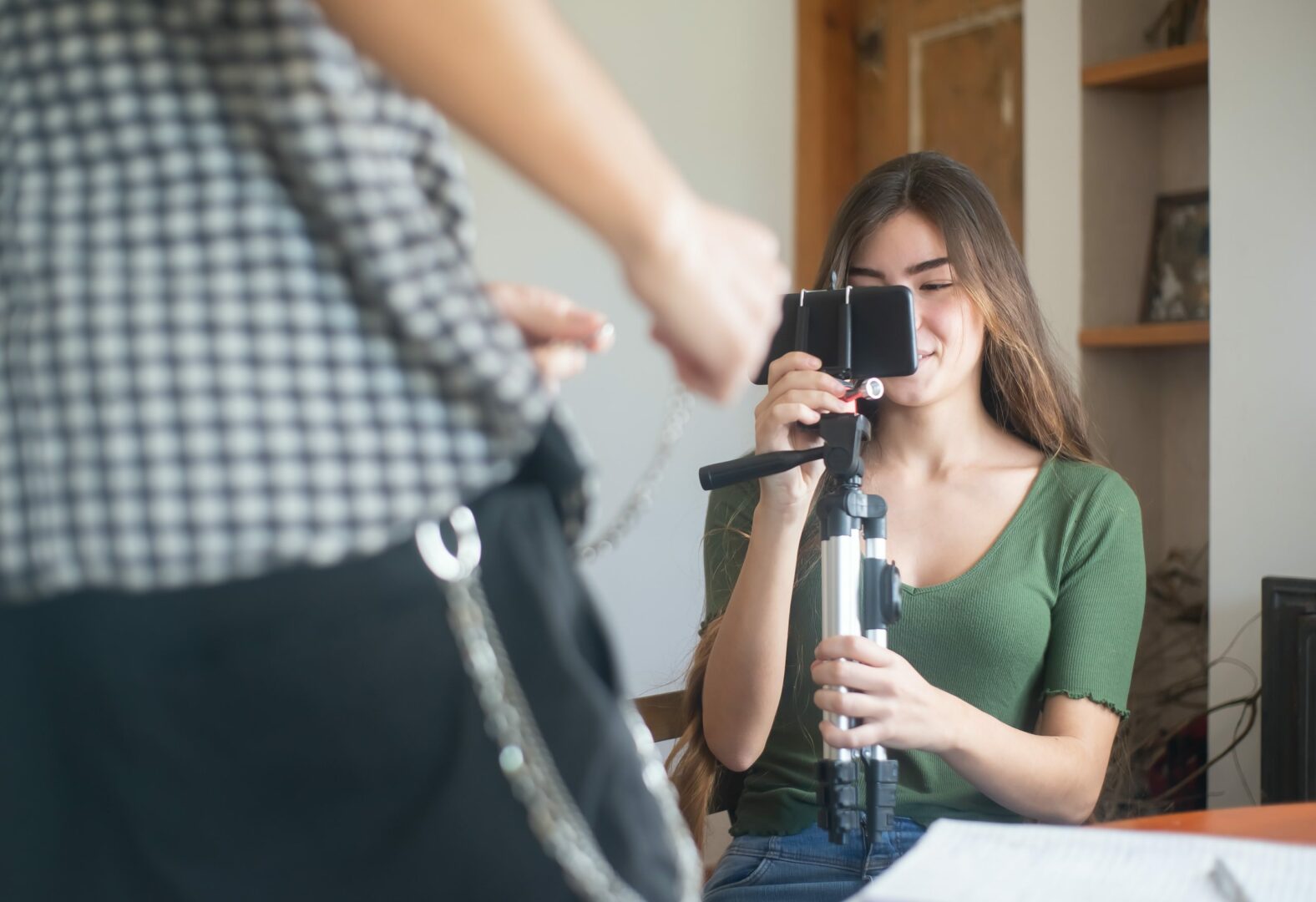
 Sign up for our newsletter and be the first to receive our articles!
Sign up for our newsletter and be the first to receive our articles!
